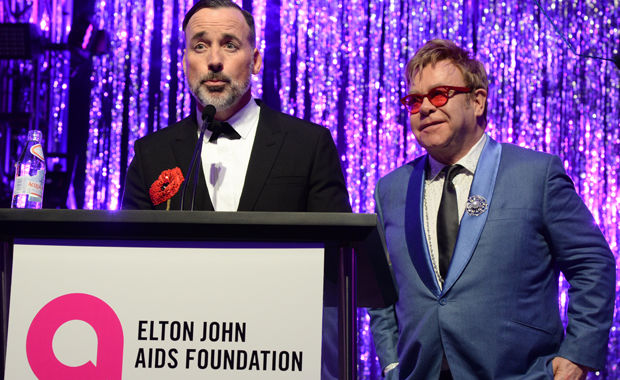The Future of Breast Reconstruction
News While society’s understanding of breast cancer continues to develop, there has been an increase in the medical community’s awareness of the options designed to help women deal with the physical after effects.

Some of the most significant progress — both in awareness and in technology — of mastectomy is in the area of breast reconstruction.
“A field that has seen a great deal of advancement,” explains Doctor Peter Lennox, a Vancouver-based plastic surgeon, “is immediate breast reconstruction, which is when breast reconstruction is either started or done completely at the same time as a mastectomy.”
“Implant reconstruction used to involve two stages. A tissue expander was used to help shape the skin and then you would go back to the operating room a few months later to add a permanent implant. With dermal matrices and the right candidate, we can skip that step"
Toronto plastic surgeon Doctor Mitch Brown would agree, “There have been improvements in technology available for plastic surgeons to provide good results in immediate breast reconstruction. Some of those advances have been medical devices and breast implant technology, as well as the materials we use as internal tissue support structures known as acellular dermal matrices (ADM).”
Dr. Lennox is equally as enthusiastic about developments in ADMs. “Acellular dermal matrices—of which AlloDerm® Regenerative Tissue Matrix falls into this category—can help promote good outcomes in breast reconstruction surgery…because it becomes incorporated into the patient’s own tissue and acts as support where soft tissue exists.”
He also notes that another advantage of ADMs is that they allow direct-to-implant reconstruction, which hadn’t been possible before. “Implant reconstruction used to involve two stages. A tissue expander was used to help shape the skin and then you would go back to the operating room a few months later to add a permanent implant. With dermal matrices and the right candidate, we can skip that step and, at the same time as a mastectomy, go directly to putting in a breast implant. Thanks to ADMs, everything can be done in one operation.”
One ADM that sets itself apart from others is AlloDerm® RTM. Doctor John Harper, PhD, SVP Chief Technology Officer at LifeCell, explains “AlloDerm® RTM works by gradually integrating into the patient. As the body grows into AlloDerm®RTM, new tissue is regenerated that doesn’t have the disadvantages of scar tissue.
To produce AlloDerm® RTM, donor tissue cells are removed from the human skin through the LifeCell proprietary processing methods. This prevents it from rejection by the normal transplantation reaction; instead allows it to be accepted as though it were the patient’s own tissue.”
Dr. Lennox also points out that there have also been exciting advancements in fat grafting and breast reconstruction. “You can inject a patient’s fat into different layers of tissue to build up a network of fat cells in the tissue left behind. This allows you to improve the thickness of the mastectomy flap or add the fat tissue to the pectoral muscles to get more volume and improve breast contour and asymmetries. It can really improve the quality of the reconstruction."


